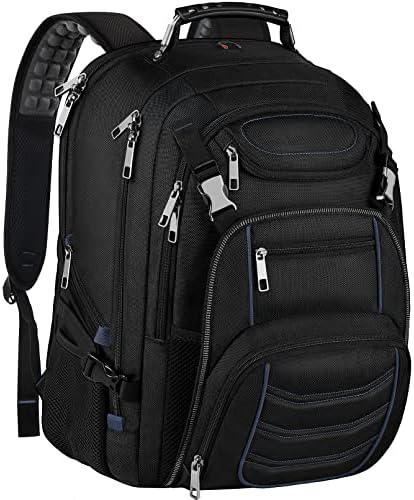“Slow and steady” are said to win the race, but research by the Traffic Injury Research Foundation (TIRF) has also quantified several links between eco-friendly driving techniques and safety.
Working with Sutco Transportation Specialists, J&R Hall Transport, Kriska Transportation and a fourth unnamed fleet in 2022, TIRF analyzed fuel-saving practices such as the time using cruise control, vehicle speeds, hard braking events, hard turns, and collisions.
The more time drivers spent in their top gear when capped at 101 km/h while in cruise control, or at 105 km/h with their own foot on the throttle, the lower the risk of near-hit events.

“Our hypothesis was, if the fleet drivers follow all of those fuel-efficient techniques, it can positively improve the safety of them and other road users,” TIRF research associate Milad Delavary says. And the study results proved the assumptions were correct.
Fuel-saving driving techniques saw a corresponding 7% drop in the odds of hard braking events, 8% reduction in the odds of hard left or hard right turns, and 4% drop in collision odds. Driving in top gear at a steady speed close to 101 km/h reduced stability control events 34%, while a 1% increase in the time using cruise control reduced hard braking events 3%.
Coaching drivers
Kriska safety and training supervisor Guy Broderick says his Ontario-headquartered fleet experienced similar results in the past, monitoring data with Isaac Coach and SpeedGauge systems.
Three of the fleets that participated in the TIRF study used the Isaac Coach, which offers drivers indicators to help optimize throttle pressure, gear choices, and the use of cruise control. And drivers who achieved scores above 80 on that system also trimmed their fuel consumption by up to 15%.
Broderick says it offers drivers a clear way to understand the desired techniques. “It’s like that light goes on and something clicks,” he adds. And there’s a direct benefit for Kriska drivers when it does. Those who score above 740 on the Speed Gauge scale, and above 90 on the Isaac Coach, earn $100 Amazon gift cards.
“Driver assistance systems [like cruise control] can enable truck drivers to reduce crash risk and lead to savings in insurance costs and increased productivity. So, insurance companies may encourage drivers to use these systems since they can result in saving collision-related costs,” TIRF suggested in its findings.
“Having a plan for training and educational programs to help promote eco-driving techniques can result in greater fuel efficiency and safety,” it added. “Such a program should contain information on driving performance which is affected by load, slope, shape, type of trailer, wind, temperature, rain, snow, and rolling and mechanical resistance.”
But the TIRF study focused more on human factors than the vehicles themselves, Delavary stressed.
Focusing on young, low-experience
Employers looking to maximize the benefits should initially focus on young and “low-experience” drivers who face greater crash risks and can realize the biggest gains in driving styles through coaching, TIRF concluded.
“It is important to focus first on the population of drivers with the greatest exposure to collisions as a result of more time driving on the road. The more mileage commercial fleets drive, the greater their risk of eventually having a collision,” it added. “This fact should be acknowledged in workplace policies. Drivers driving longer distances and more often should get more rest and take more breaks to minimize the risk of fatigue and sleepiness, which increases collision risk.”
Broderick suggests experienced drivers can benefit as well. He remembers one industry veteran who balked at any suggestion that such a score could make him a better driver. Now he and a colleague regularly engage in a friendly competition to better their respective scores.
The three companies that used the Isaac system provided data from a collective 2,531 drivers who covered 18,000 driving segments and 336 million km. The fourth company had 103 drivers who traveled a total 5.3 million km.
“Using this technology, it’s not to be that ‘Big Brother’ watching over drivers,” Broderick says, stressing the value of formally tracking driver performance. “It’s about teaching your drivers to be better drivers.”











